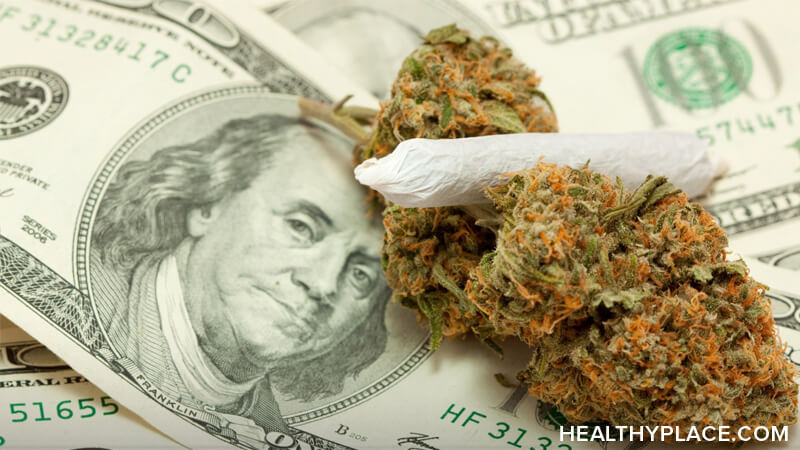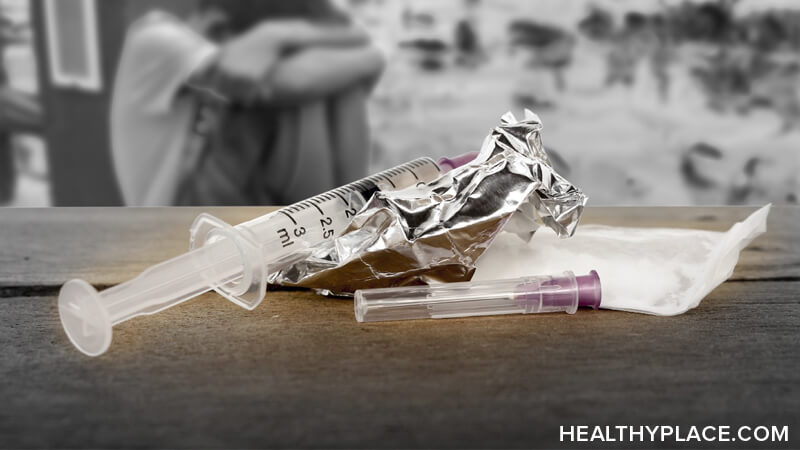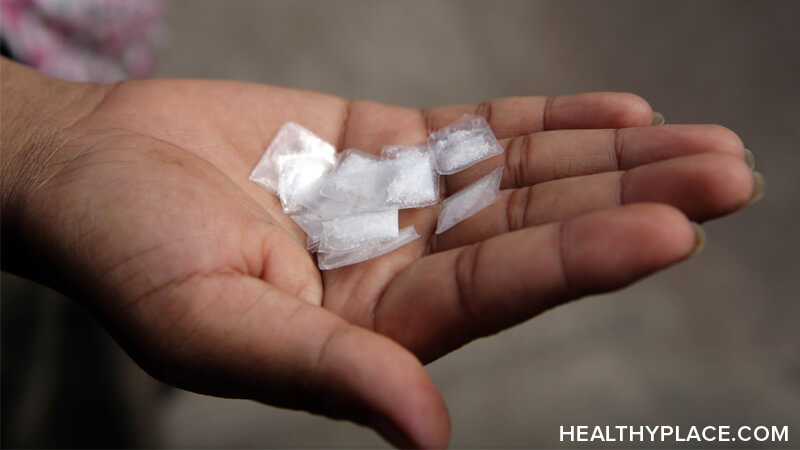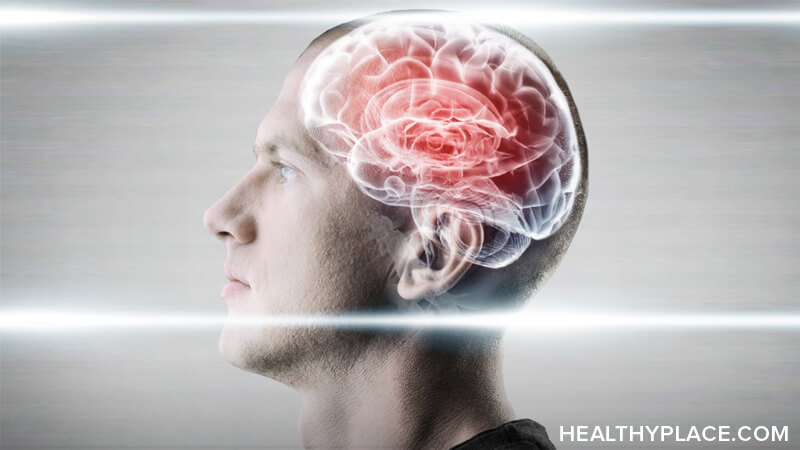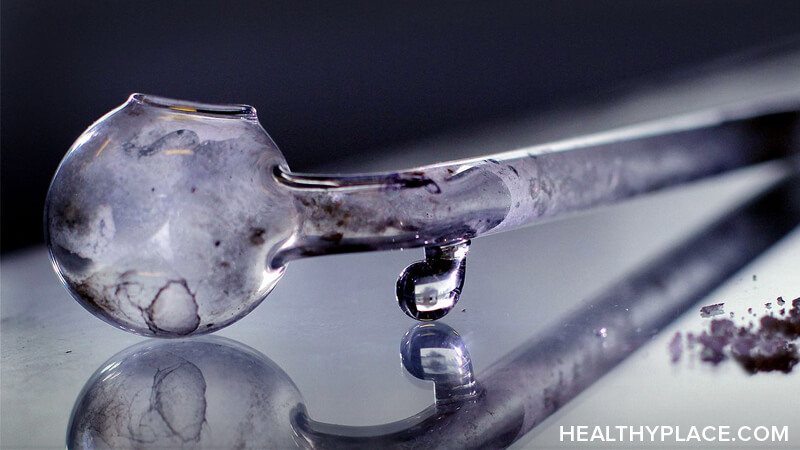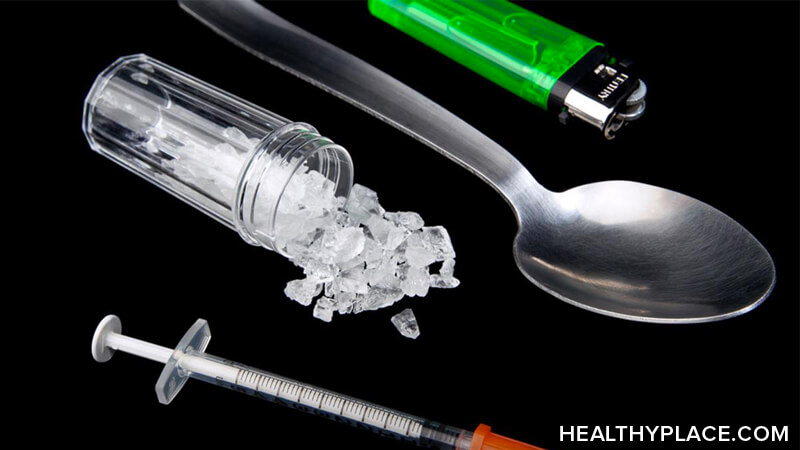Signs, Symptoms of Marijuana Use and Addiction

Marijuana use is common in the United States with 9% of people meeting the criteria of a marijuana use disorder at some time in their life. And while marijuana use has not directly caused death, marijuana use is implicated in deaths with other compounding factors1. Signs and symptoms of marijuana use and addiction are important to know if you suspect anyone in your life has a problem with marijuana use. While some signs of marijuana addiction are similar to other drug addictions, some marijuana addiction symptoms are specific to that drug.
Symptoms of Marijuana Use
Marijuana is the most commonly used illicit drug with 14.6 million people reporting marijuana use in the last year. Marijuana use is not related to race or age but more males (10.2%) than females (6.1%) report marijuana use in the last month. (read: marijuana facts and statistics)
Symptoms of marijuana use consist of both the positive feelings of getting "high" as well as some of the negative symptoms (read: positive and negative effects of marijuana). Most noticeable direct symptoms of marijuana use include2:
- Euphoria
- Relaxation, detachment, decreased anxiety and alertness
- Altered perception of time and space
- Laughter, talkativeness
- Depression, anxiety, panic, paranoia
- Amnesia, confusion, delusions, hallucinations, psychosis
- Mania
- Short term memory impairment
- Dizziness, lack of coordination and muscle strength
- Lethargy
- Decreased concentration
- Slurred speech
Signs of Marijuana Use
While symptoms of marijuana use are caused by the drug directly, signs of marijuana use are secondary effects or behaviors that might be present. Signs of marijuana use include:
- Mood swings from marijuana use to marijuana abstinence
- Anger and irritability, particularly during abstinence
- Signs of smoking like coughing, wheezing, phlegm production, yellowed teeth
- The smell of sweet smoke, attempts to cover smell
- Trouble concentrating
Symptoms of Marijuana Addiction
Marijuana addiction is characterized by a pattern of harmful behavior fueled by the drive for marijuana use. Symptoms of marijuana addiction include not only this pattern of harmful behaviors but also increased intoxication symptoms and typically increased marijuana withdrawal symptoms during marijuana abstinence. Symptoms of marijuana addiction include those of marijuana use as well as:
- Depression, anxiety, panic, fear, paranoia
- Stomach pain
- Tremor
- Sweating
- Difficulty sleeping
- Impaired cognitive ability
Signs of Marijuana Addiction
Marijuana addiction, like all drug addictions, is noticeable by the use of marijuana to the exclusion of all else. Compulsive marijuana craving and marijuana seeking behavior is seen. Signs of marijuana addiction also include:
- Frequent chest illness including lung infections
- Frequent illnesses due to a depressed immune system
- Infertility
- "Flashbacks" of drug experiences during abstinence
- Lack of appetite, weight loss during periods of abstinence
- Failure to fulfill major life obligations at work, home or school because of marijuana use
- Marijuana use continues in spite of recurring negative consequences, including legal consequences
- Weed use continues in spite of recurring social or interpersonal problems caused by or made worse by drug use
- Marijuana use in dangerous situations
APA Reference
Tracy, N.
(2021, December 16). Signs, Symptoms of Marijuana Use and Addiction, HealthyPlace. Retrieved
on 2025, May 22 from https://www.healthyplace.com/addictions/marijuana-addiction/signs-symptoms-of-marijuana-use-and-addiction
